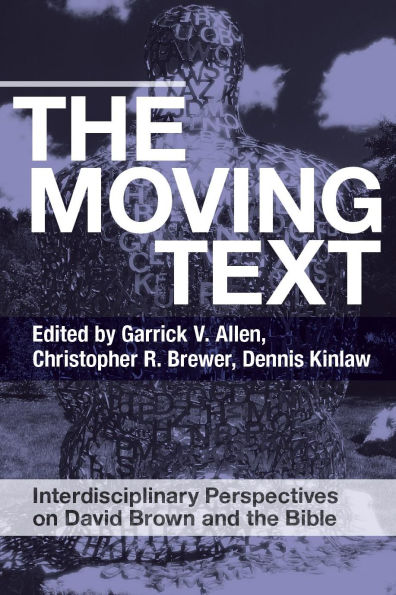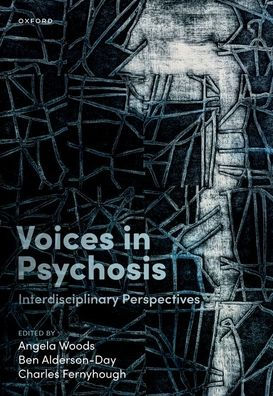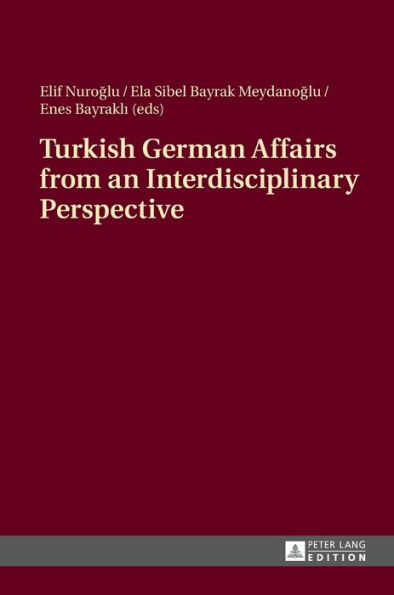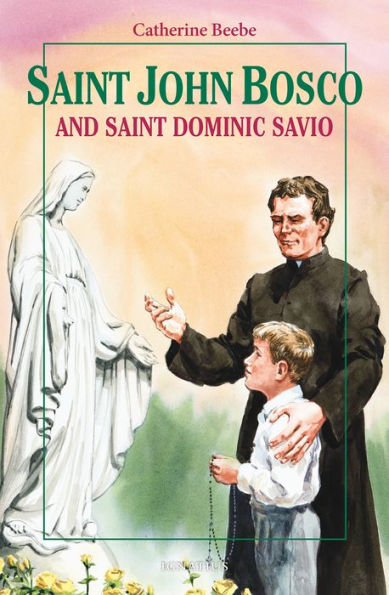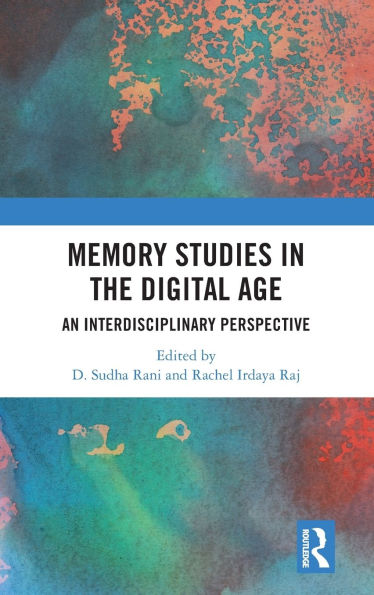Home
Decapitation and Sacrifice: Saint John's Head in Interdisciplinary Perspectives: Text, Object, Medium
Barnes and Noble
Loading Inventory...
Decapitation and Sacrifice: Saint John's Head in Interdisciplinary Perspectives: Text, Object, Medium in Bloomington, MN
Current price: $105.00

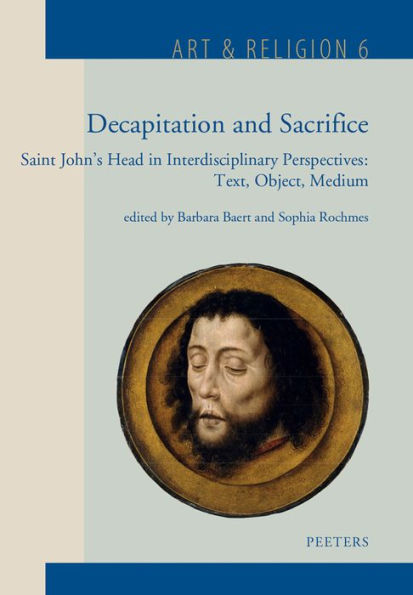
Decapitation and Sacrifice: Saint John's Head in Interdisciplinary Perspectives: Text, Object, Medium in Bloomington, MN
Current price: $105.00
Loading Inventory...
Size: OS
The anthology Decapitation and Sacrifice is the result of an interdisciplinary project on the phenomenon of the decapitated Head of Saint John the Baptist in its exegetical context, in the material culture of the Middle Ages and the Renaissance, and finally in more recent approaches regarding medium studies. Several specialists and scholars from these fields were invited to share their most recent conclusions, thus contributing to our understanding of one of the most peculiar events, artifacts and phenomena in West: the rise and fall of a male head as subject of martyrdom, devotion and artistic expression. What emerges from these collected essays is a nuanced understanding of the beheading and presentation of Saint John. We begin with the biblical account, already finding multiple layers of exegetical meaning, with a focus on John as a Christ figure. As the narrative is adapted into other textual and visual forms, its symbolism is transformed, deepened, or extended in new ways relating to medieval and early modern spirituality, morality, performance and representation. What John's disembodied head symbolically embodies shifts as we move from one medium to another, and from one geographic region to another. And, within those broader categories, meaningful distinctions can be made between differences in details such as the presence or absence of a platter, the use of specific terminology, the contents of inscriptions, the characterization of Herodias and her daughter, specifics of stage directions, even the parting of John's beard and the portrayal of his eyes as open or closed or half-closed - to name but a few. The close analysis of these and other details that the contributors to this volume provide tell us both about the symbolic potential of John's beheading and about how the textual and visual objects studied here functioned in medieval and early modern communities.
The anthology Decapitation and Sacrifice is the result of an interdisciplinary project on the phenomenon of the decapitated Head of Saint John the Baptist in its exegetical context, in the material culture of the Middle Ages and the Renaissance, and finally in more recent approaches regarding medium studies. Several specialists and scholars from these fields were invited to share their most recent conclusions, thus contributing to our understanding of one of the most peculiar events, artifacts and phenomena in West: the rise and fall of a male head as subject of martyrdom, devotion and artistic expression. What emerges from these collected essays is a nuanced understanding of the beheading and presentation of Saint John. We begin with the biblical account, already finding multiple layers of exegetical meaning, with a focus on John as a Christ figure. As the narrative is adapted into other textual and visual forms, its symbolism is transformed, deepened, or extended in new ways relating to medieval and early modern spirituality, morality, performance and representation. What John's disembodied head symbolically embodies shifts as we move from one medium to another, and from one geographic region to another. And, within those broader categories, meaningful distinctions can be made between differences in details such as the presence or absence of a platter, the use of specific terminology, the contents of inscriptions, the characterization of Herodias and her daughter, specifics of stage directions, even the parting of John's beard and the portrayal of his eyes as open or closed or half-closed - to name but a few. The close analysis of these and other details that the contributors to this volume provide tell us both about the symbolic potential of John's beheading and about how the textual and visual objects studied here functioned in medieval and early modern communities.
